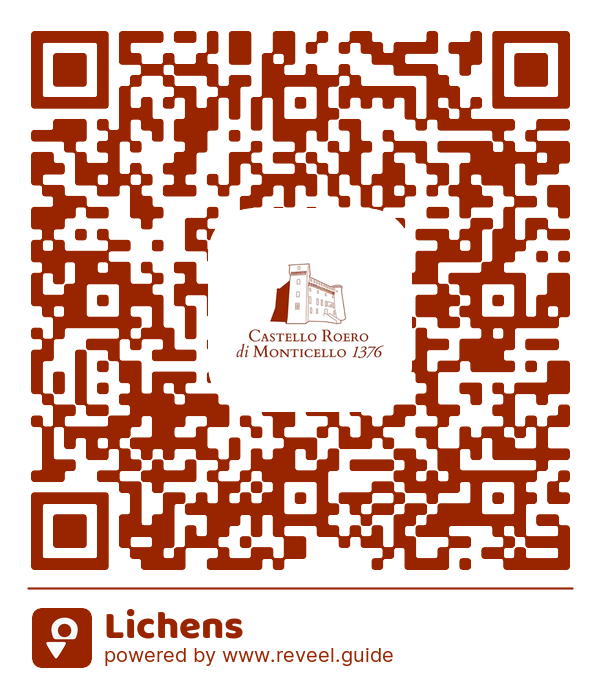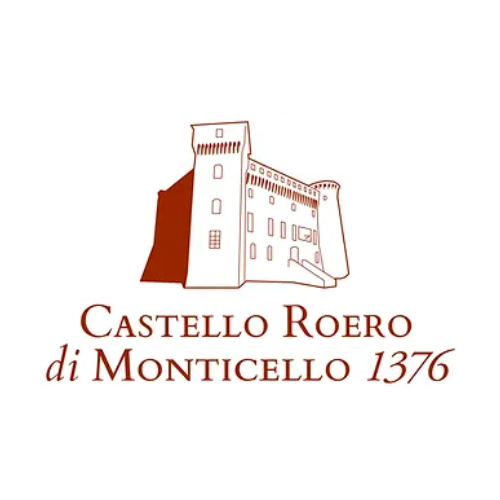Lichens



Lichens
General Characteristics
Lichens form through the symbiosis between two very different organisms: a fungus (called the mycobiont) and an alga and/or a cyanobacterium (called the photobiont). The fungus provides water and mineral salts, while the alga, through photosynthesis, produces sugars for itself and the fungus. Lichens are classified as follows: crustose lichens, with thalli that adhere to the substrate; foliose lichens, with thalli that grow parallel to the substrate; fruticose lichens, with thalli that grow vertically from the substrate; and gelatinous lichens. Reproduction can occur through fragmentation of the thallus, or the mycobiont may produce sexual spores that, if germinating and encountering compatible algal cells, can reform the lichen.
USES
Some lichens are used as medicinal species, as dyes, for food purposes, and to produce perfumes.
They are also indicators of air quality.
CURIOSITIES
The term "lichen" is very ancient and was coined in 300 BC by Theophrastus. They were confused with mosses until the 19th century, when the symbiosis that characterizes them was understood. In 2005, they were even taken into space aboard the Soyuz rocket.
ORIGIN AND DISTRIBUTION
They are found at any latitude and altitude. They are considered pioneer organisms because they adapt to extreme conditions. They can be found in deserts, as well as on coastal shores or on high mountain peaks.
